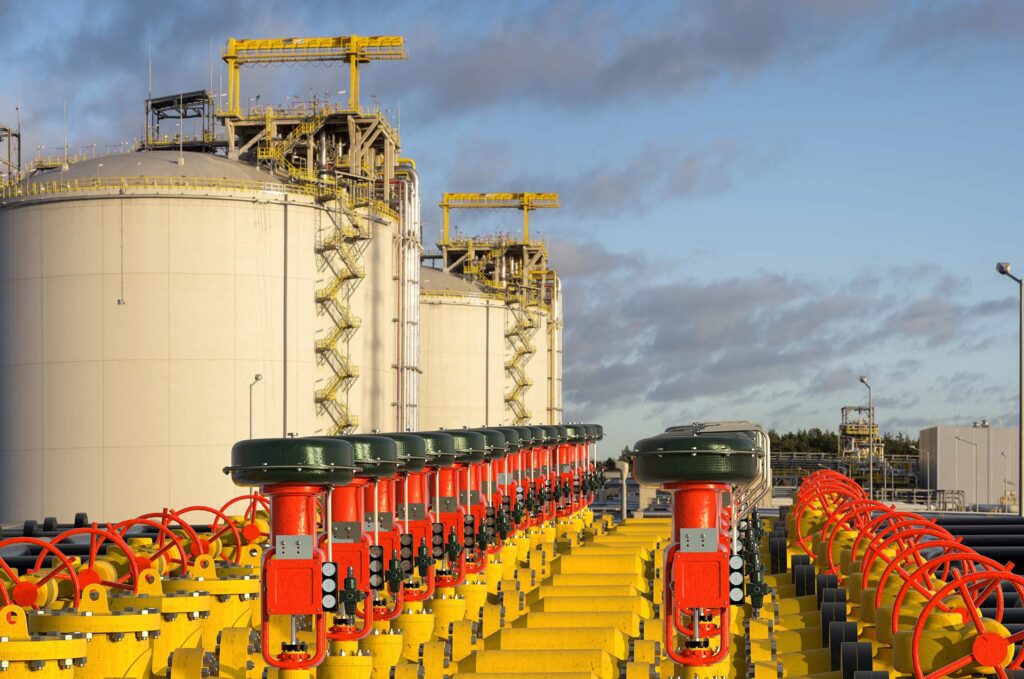
globalbizmag.com
Global CAPEX in Oil and Gas Sector to Cross $600 Billion in Year
The global capital expenditures (CAPEX) in the oil and gas sector is expected to reach $606.6 billion in 2024, indicating a growth of 0.5% y-o-y, after an expected growth of 5.1% y-o-y for 2023, and 20.5% y-o-y growth in 2022, according to BMI, a Fitch Solutions company.
In its report entitled “Oil and Gas Global CAPEX Outlook,” BMI said that the spending growth is supported by a more cautious approach to investing pursued by oil and gas companies amid growing market uncertainty and softening energy prices as they broadly continue to prioritise value over output growth.
The report has attributed for this slowdown to companies favouring shareholder returns over production expansion. Other contributing factors include an expected macroeconomic slowdown among the biggest consumers, a more stringent financial climate and the continual push for energy transition efforts. All of these elements are likely to exert a negative influence on spending sentiment.
We project the aggregate global CAPEX for the over 100 companies we monitor to reach $606.6 billion in 2024 and then gradually rise to $614 billion in 2027.
“Overall, global CAPEX will see a minimal growth over the medium term, following a robust recovery in spending recorded between 2021 and 2023 in the post pandemic boom. The aggregate nominal global capex will remain above levels observed between 2015 and 2019 to reflecting elevated inflation impacts on expenditures,” the report revealed.

MENA Standout Region
According to the findings of the report, Middle East and North Africa (MENA) remains the standout region with the largest and fastest-growing capex in 2024, driven by the regional national oil companies (NOCs).
“For the two other regions dominated by state-led companies – Asia and Latin America – we anticipate spending to ramp up in 2024, though the medium-term outlook remains subdued,” the BMI report said.
NOCs accelerate their turn towards energy transition while some of the largest international oil companies (IOCs) have slowed or partially reversed their efforts in light of growing market uncertainty and weakening performance after 2022 boom.
BMI has predicted a decline in Brent prices from $85 per barrel in 2024 to $81 per barrel for 2026-2028. This will likely result in either increased spending in allocations on low-carbon efforts among legacy oil and gas companies and/or a focus on limiting upstream spending to high-return projects.
Other Regions
Coming to Asia, the region with the second-largest investment base, CAPEX is set to grow by 2.5% y-o-y in 2024. Regional NOCs, particularly Chinese, will continue to allocate the lion’s share of spending to the upstream to meet ambitious oil and gas production targets.
“North American CAPEX is higher than we initially expected, reaching $78.7 billion in 2023 and $77.1 billion in 2024; however, it remains below the 2017-2019 average levels of $83.5 billion, which supports our outlook of weakening growth in hydrocarbon production in this region over the medium term,” the report noted.
Even Latin America and Europe are expected to see an uptick in spending in 2024, before the growth turns negative, while Sub-Saharan Africa (SSA) faces declining spending as above-ground risks weaken investor sentiment.
Likewise, Russia’s CAPEX is set to decline in the background of sanctions on the key producers continue to weigh on their revenues, while regulatory changes increase government’s take.
Major oil companies are likely to be more cautious in spending due to the combination of lingering pressure to prioritise shareholder returns and tighter financial environment with elevated inflation and interest rates. Some of the largest NOCs increase their CAPEX allocation and commitments on energy transition while some of the largest IOCs see their efforts cooling amid more challenging broader economy backdrop, the report said.















